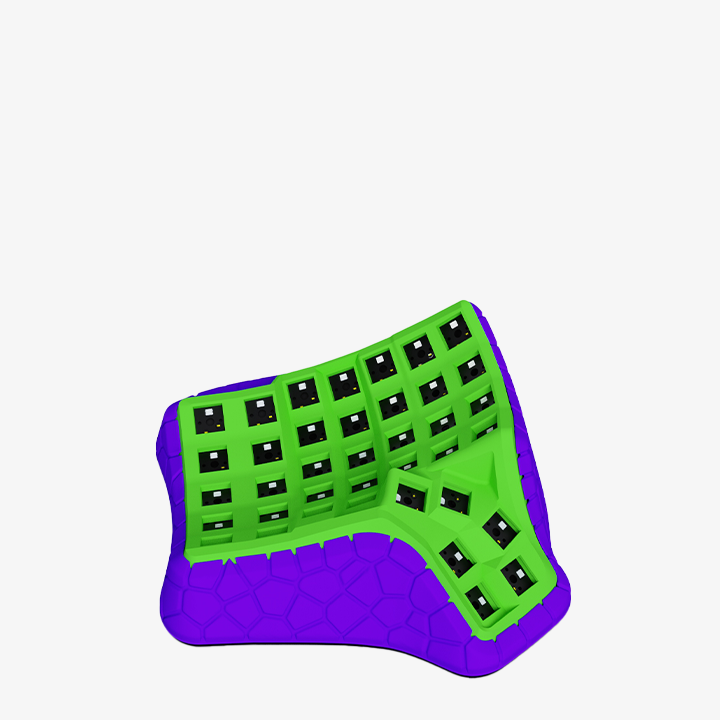
Free Shipping Order $600
Delivery Moves So Quickly
Return Policy
Customized products are not returnable.
24/7 Customer Support
Online help or email consultation
100% Secure Payments
PayPal / MasterCard / Visa

The Silent Epidemic: Office-Related Hand Disorders
Office workers face a growing crisis of repetitive strain injuries, with **carpal tunnel syndrome (CTS)** and **tenosynovitis** topping the list. Studies show that 3–5% of adults suffer from CTS, predominantly affecting women and individuals aged 30–60 . Among programmers, 90% report wrist pain due to prolonged typing, while 15% develop severe tendon inflammation . These conditions arise from sustained pressure on the median nerve (in CTS) or friction-induced inflammation of tendon sheaths (in tenosynovitis), leading to numbness, reduced grip strength, and even muscle atrophy .
3 Fatal Flaws of Traditional Keyboards

Keyboards
1. **Wrist Deviation and Compression**
Traditional keyboards force wrists into unnatural **ulnar deviation** (bending toward the little finger) and **hyperextension**, increasing carpal tunnel pressure by up to 42% . MRI studies reveal that typing at a 20° keyboard tilt exacerbates median nerve swelling compared to neutral positions .
2. **Shoulder and Neck Strain**
The linear layout of standard keyboards requires users to adduct their shoulders, creating tension in the trapezius and scalene muscles. This posture mimics the "turtle neck" syndrome, with 60% of office workers reporting chronic shoulder pain .
3. **Anti-Ergonomic Muscle Memory**
QWERTY layouts, designed in 1874 to *slow down* typists, scatter high-frequency keys (e.g., "E," "T") across distant columns. This forces fingers to travel 30% farther than necessary, overloading the flexor tendons and inducing fatigue .
We recommend using the dactyl manuform keyboard to improve the health of your wrists and shoulders.
Keyboards
1. **Wrist Deviation and Compression**
Traditional keyboards force wrists into unnatural **ulnar deviation** (bending toward the little finger) and **hyperextension**, increasing carpal tunnel pressure by up to 42% . MRI studies reveal that typing at a 20° keyboard tilt exacerbates median nerve swelling compared to neutral positions .
2. **Shoulder and Neck Strain**
The linear layout of standard keyboards requires users to adduct their shoulders, creating tension in the trapezius and scalene muscles. This posture mimics the "turtle neck" syndrome, with 60% of office workers reporting chronic shoulder pain .
3. **Anti-Ergonomic Muscle Memory**
QWERTY layouts, designed in 1874 to *slow down* typists, scatter high-frequency keys (e.g., "E," "T") across distant columns. This forces fingers to travel 30% farther than necessary, overloading the flexor tendons and inducing fatigue .

Delivery Moves So Quickly
Customized products are not returnable.
Online help or email consultation
PayPal / MasterCard / Visa

Copyright © 2025 www.CrossDiy.com. Created by CrossDiyOfficial.
Add comment
You must be logged in to post a comment.